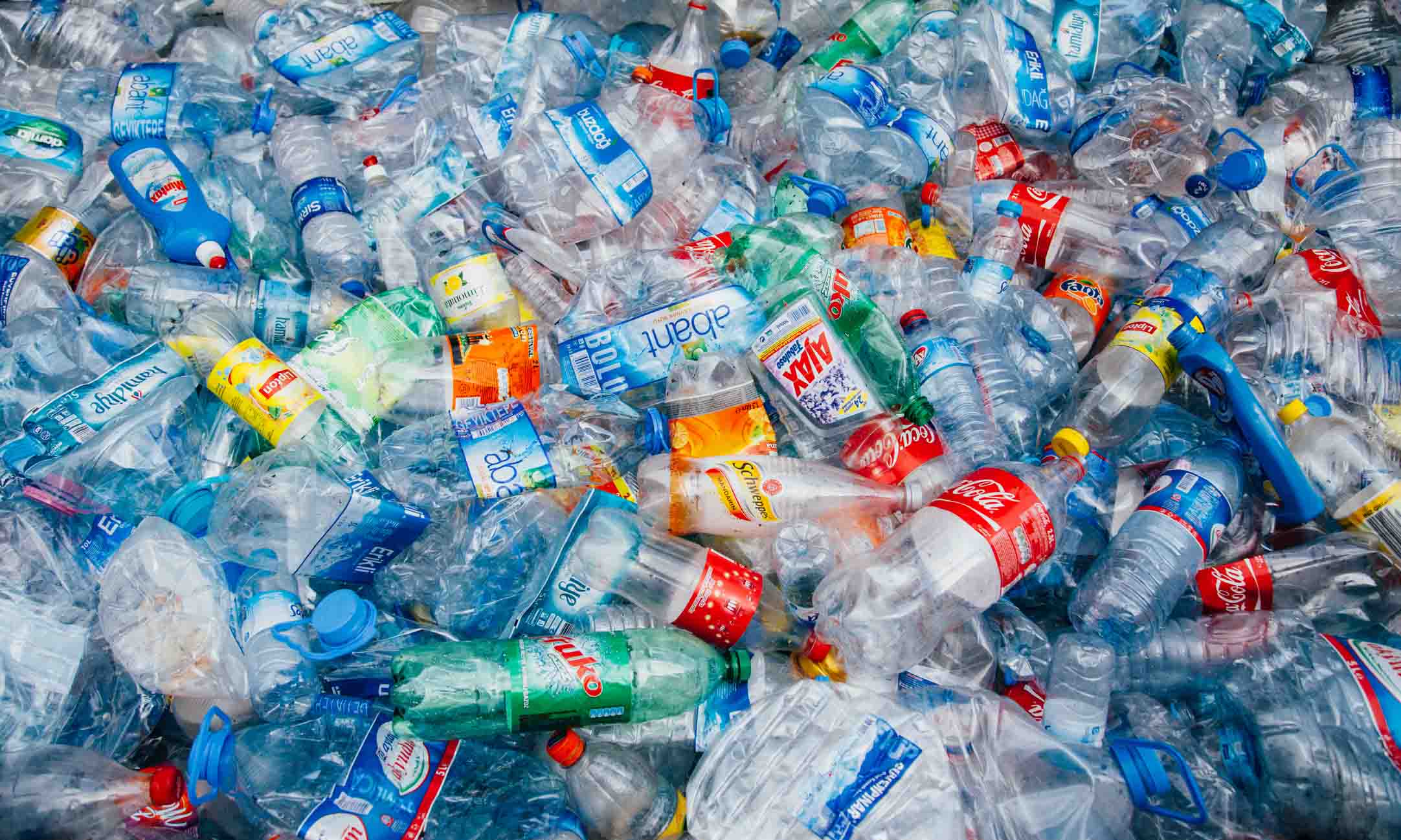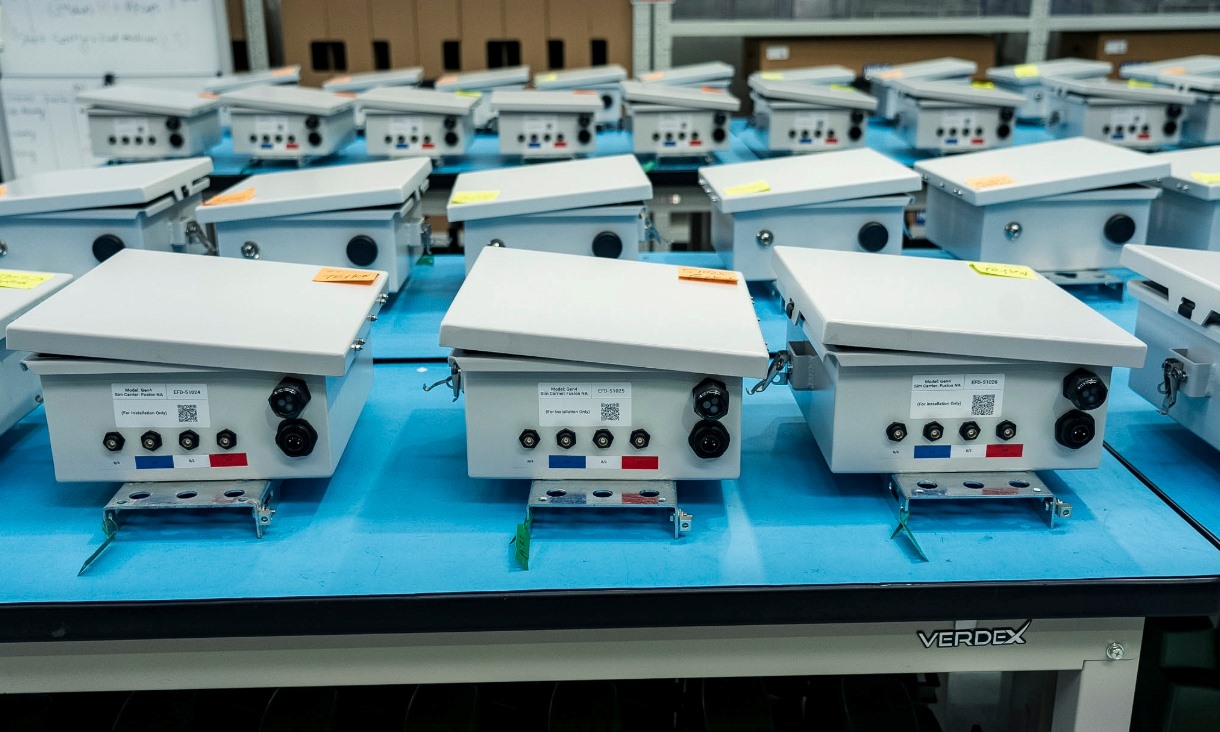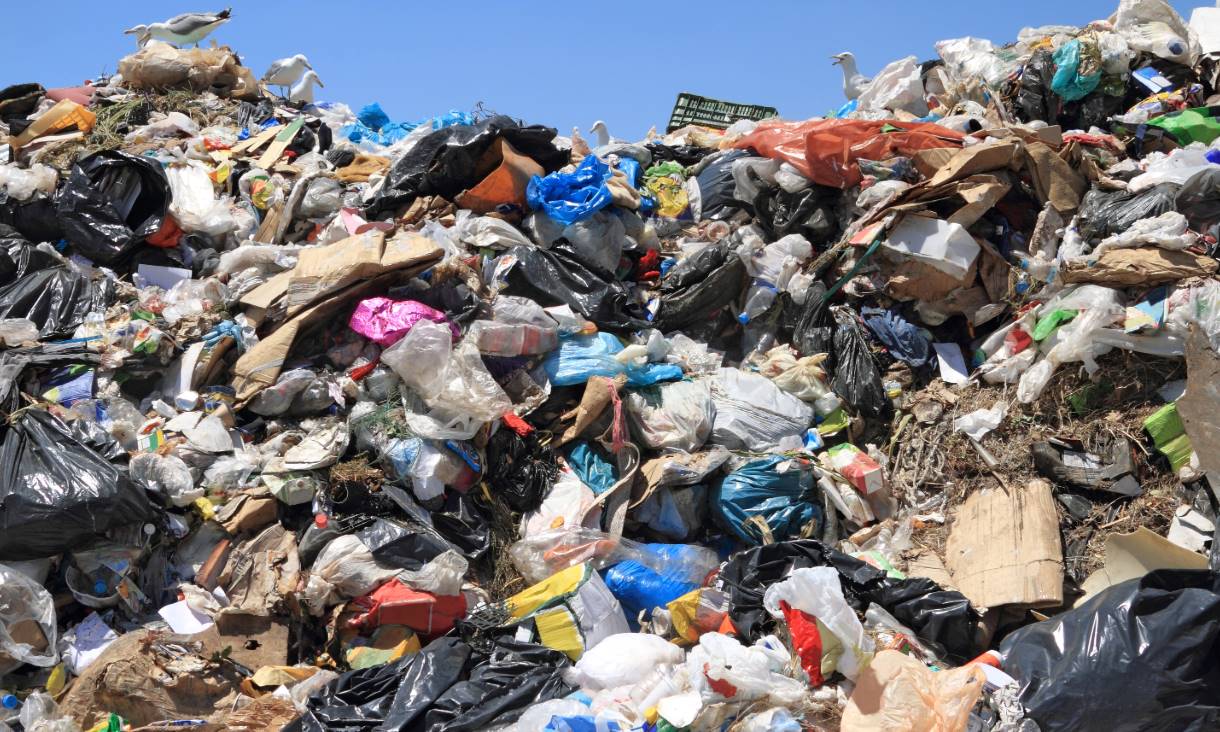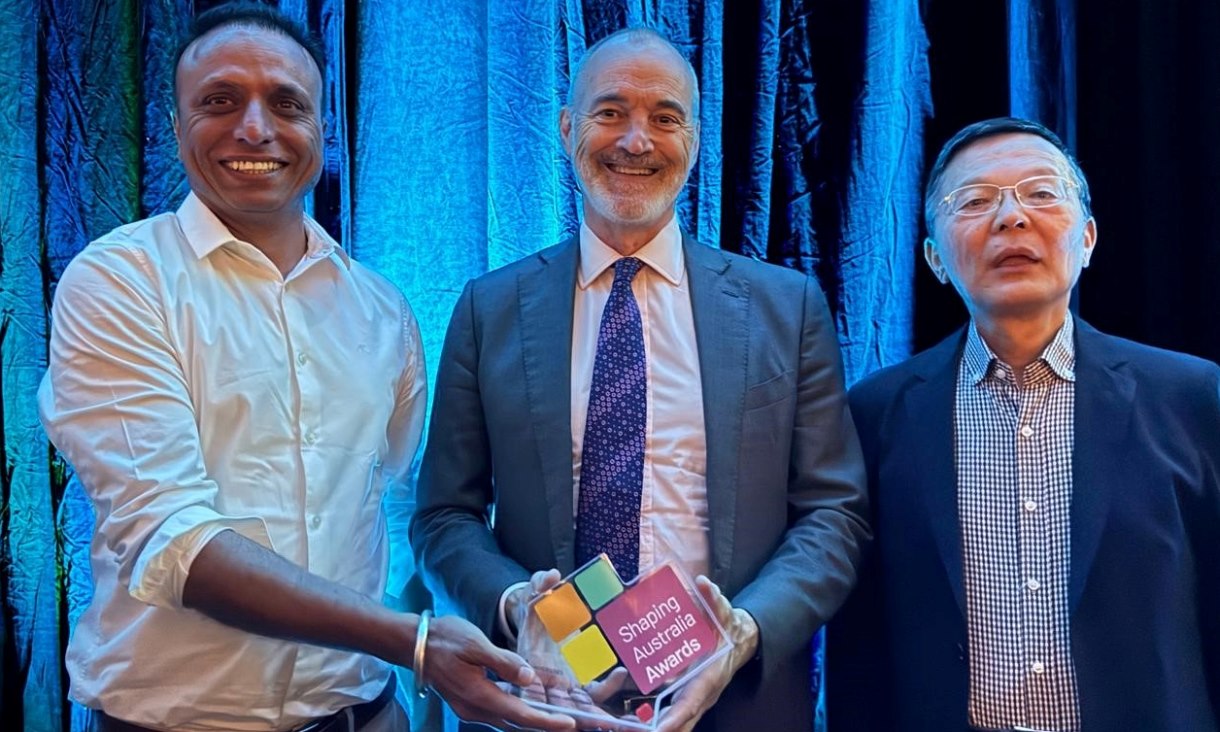Aussie tech helps make bio-oils for greener industrial applications
Australian technology developed at RMIT University could enable more sustainable and cheaper production of bio-oils to replace petroleum-based products in electronic, construction and automotive applications.
RMIT spin-off launches new manufacturing hub in the heart of Melbourne
The company producing an early fault detection (EFD) system that helps prevent bushfires and blackouts globally has established a new manufacturing hub in Richmond.
Time to count plastics in climate action and counter Trump effect
Scientists from RMIT University are calling for countries to include carbon emissions from plastic production and waste in their climate action plans before the upcoming United Nations Climate Change Conference of the Parties (COP 30) in Brazil.
Coffee concrete wins national research award
RMIT University’s coffee concrete innovators have won an award at Universities Australia’s Shaping Australia Awards in the Problem Solver category, after tallying the most votes from the public.






